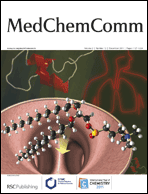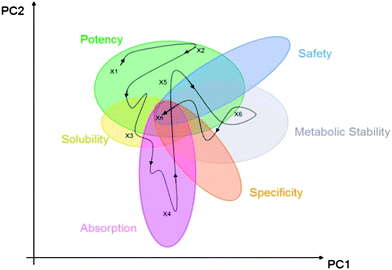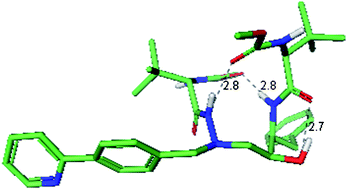On behalf of Professor Dr Koen Augustyns (University of Antwerp), Guest Editor, we would like to invite authors to contribute to this themed issue which aims collect together in one place some of the latest exciting research from across the breadth of drug residence and covalent drug research.
Analysis of drug-target residence time has begun to play a larger role in drug discovery as suggested by recent literature. For compounds with a slow off rate, long action at the target may render a perfect pharmacokinetic profile unnecessary, and selectivity vs. other targets inhibited only briefly may be more readily achieved. Reversible and irreversible covalent binding drugs may be considered as the logical extreme for this approach. For other targets or therapeutic areas, other kinetic profiles may be desirable. Finally, there is a real need to build a better understanding in the medicinal chemistry community of the preferred profiles, screening methods, at which stage of a project lifetime to characterize the kinetics, and ideally a structural bases for design to achieve a desired kinetic profile.
-Koen Augustyns, Guest Editor
Authors will benefit from increased exposure of their research alongside similar high level and cutting edge work. In addition, as this is a web-based theme issue, printing of articles will not be held for a specific issue thereby allowing rapid dissemination of the science presented online and in print without delay. Both reviews and primary research are suitable for this issue.
The submission deadline for the web theme issue will be Monday 6th February 2012.
If you would like to contribute to this exciting themed issue, please contact the Editorial Office.
 Our Prizes and Awards represent the dedication and outstanding achievements and are a platform to showcase inspiring science to gain the recognition deserved. Don’t forget to nominate colleagues who have made a significant contribution to advancing the chemical sciences.
Our Prizes and Awards represent the dedication and outstanding achievements and are a platform to showcase inspiring science to gain the recognition deserved. Don’t forget to nominate colleagues who have made a significant contribution to advancing the chemical sciences.



















